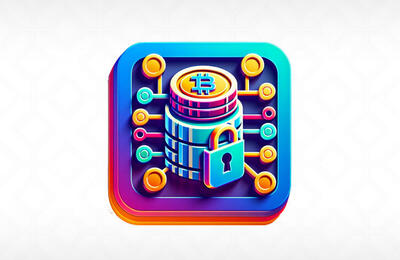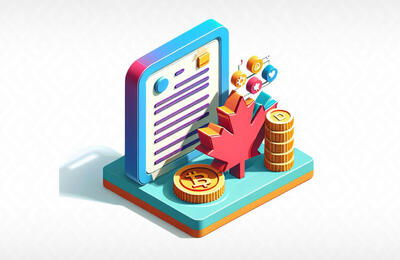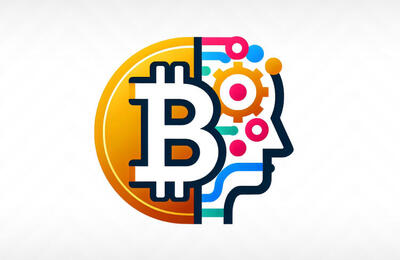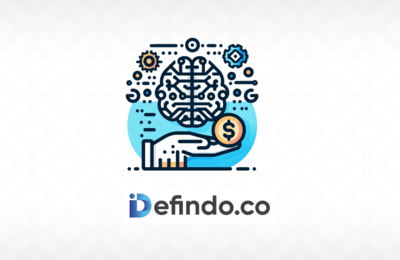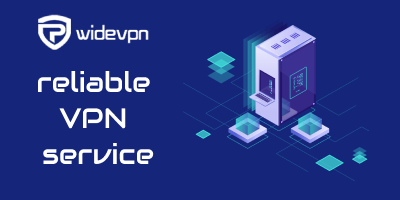
The word blockchain is most often associated with cryptocurrencies. The reason for this is because the Bitcoin system was the first to employ a fully replicated distributed database, which is the cornerstone of blockchain technology. In addition to Bitcoin, there are now a slew of other cryptocurrencies, and blockchain technology is increasingly being incorporated into other business software systems.
Although the majority of blockchain initiatives are currently focused on financial transactions, cybersecurity, and user identity, the technology's capabilities are not restricted to these areas, and there are chances for blockchain applications and programs to be created in other industries.
What exactly is blockchain, and how does it function?
Blockchain databases are made up of a series of interconnected blocks that form a continuous data chain. The blocks are linked not just by numbers, but also by hash-sums, which are the outcome of a certain data processing algorithm. Each block in the chain contains two hash sums: one for itself and one for the block before it. To change the information in a single block, you must update the data in all subsequent blocks in the chain.
This is exceedingly tough to do from a technical standpoint. This is what raises the level of trustworthiness of databases created using blockchain technology to new heights.
Circuit blocks containing data are often dispersed among multiple computers all around the globe. This makes it much more difficult to change the chain data and boosts the data storage's dependability.
- The following structure governs how transactions on the blockchain are carried out:
- The transaction is started by the parties, and the encryption is set up by the blockchain.
- The transaction is verified by blockchain, which generates a new block for it.
- The new block has been added to the blockchain.
- The transaction is completed, and the registration is updated.
- This method gives blockchain technology many benefits over today's most popular databases.

Benefits of blockchain for business
Companies are embracing cutting-edge technology in order to reap the advantages of their usage, and blockchain is one of them. These are some of them:
The information storage system's transparency and dependability. In the great majority of situations, blockchain chains are open source. This makes it simpler to deal with by allowing developers and users to customize it. Simultaneously, making such changes surreptitiously is almost impossible — it requires command of more than 50% of the network's computing power, which is nearly impossible to do.
Transaction costs are coming down. There are no middlemen in blockchain, and you are not compensated for their services. In a conventional settlement plan, the bank is generally the intermediary, and it is the bank that charges the transaction expenses.
Calculations are being sped up. Banks and other intermediaries work for a certain number of hours each day, according to their timetable. On weekends and holidays, they are closed. Physiology limits the pace at which humans can do their tasks. As a consequence, a transaction including an intermediary takes many days. The blockchain is available around the clock, 365 days a year. Are you already familiar with blockchain and want to start developing? Learn more about blockchain development services by Unicsoft.
Data input and storage system decentralization. There is no need to set up a data collecting and processing center when utilizing blockchain technology. For communication between participants, each transaction has its own confirmations and authorizations. Because the entire quantity of system data is scattered over numerous servers throughout the globe, it is more secure against hackers. Even if one of the servers is hacked, just a tiny portion of the whole data will be compromised.
The ability for users to govern the network. Users and developers must reach an agreement in order to make updates to the blockchain-based database. It is difficult to change without such a consensus. As a result of the failure to obtain a consensus of 80% of users, the most well-known cryptocurrency was divided into Bitcoin and Bitcoin Cash. Watch here for information on developing a crypto exchange.
The benefits of deploying blockchain technology in networks with a low degree of user trust are particularly clear. Millions of users from all around the globe carry out transactions in the same Bitcoin system, and they are all anonymous to one other. There is no middleman insuring the contract, and we are not talking about trust. Ask the developer a question if you're not sure whether you actually need blockchain technology. In certain circumstances, traditional databases perform better.


